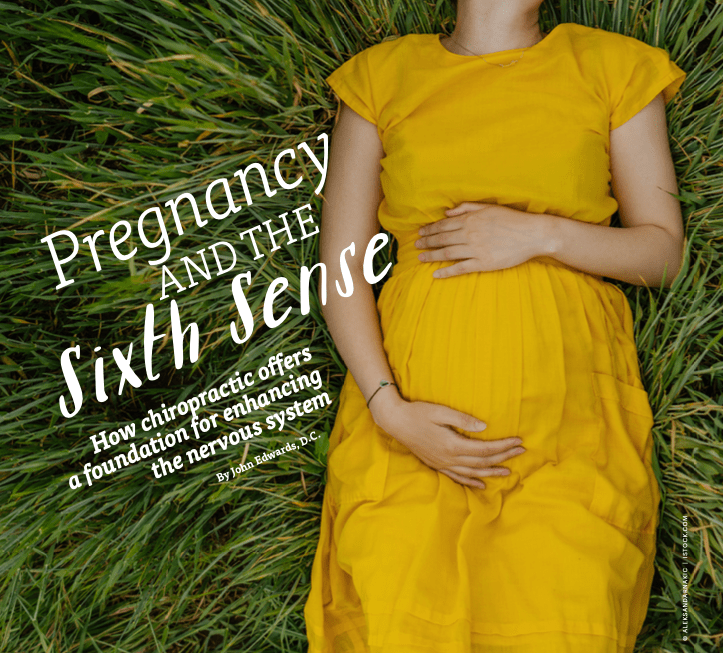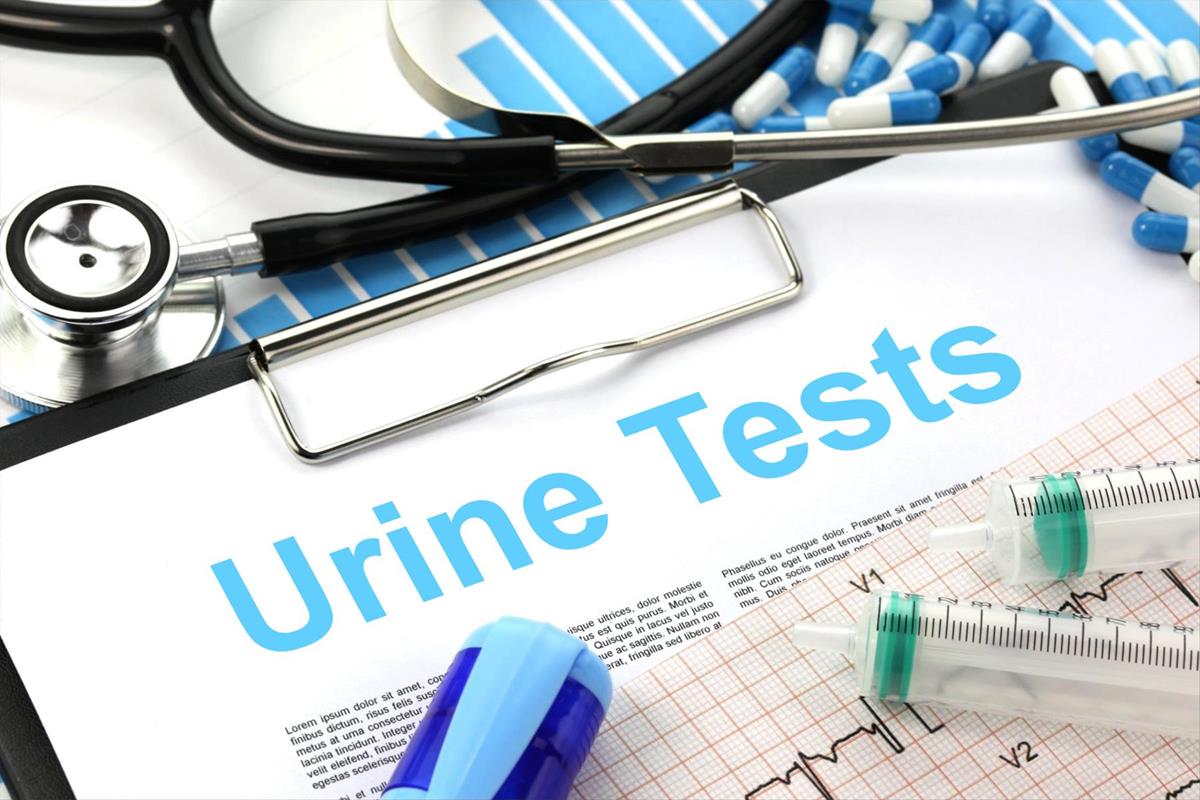We’re always excited when our pediatric and pregnancy chiropractors are published in industry media and this new article in Pathways Magazine, a publication from ICPA, is no exception.
Most recently one of your favorite pregnancy chiropractor, John Edwards, D.C., CACCP was featured in Pathways Magazine for his latest in a series of articles on polyvagal theory, Pregnancy and the Sixth Sense.
Here’s an excerpt from the article from Pathways:
“Some concepts have existed for so long that it’s difficult to know where they came from. The American Heritage Dictionary defines “The Sixth Sense” as a power of perception seemingly independent of the five senses; keen intuition.
A lot of people feel that the sixth sense is too “out there” to be grounded in scientific fact. Most people recognize the five senses of sight, hearing, touch, taste, and smell because they are tangible. In neurology they are grouped together as the “far” senses, elemental for perception of the outside world.
On the other hand, I spend a lot of time talking about the “near” senses to parents in my office. These are three other senses that get less popular press but are by no means less important: The vestibular sense, which keeps us balanced and upright. Proprioception, which lets us know where our body parts are at any given point in time. And interocep- tion, which tells us when our stomachs are empty and our bladders are full. These “near” senses give the brain information about our inner worlds.
In my chiropractic practice, not only do we see measurable changes in the “near” senses,
such as improved balance for adults, but chiropractic care seems to have an organizing influence on all three as children grow from babies to 2nd graders. It was while listening to my colleague, Dr. Drew Rubin, discuss the neurology of pediatric chiropractic when I realized that the “Sixth Sense” is real, it’s measurable, and if it isn’t working well, chiropractic may provide a pathway to improving it.
Dr. Rubin was talking about polyvagal theory, a theory developed by Dr. Stephen Porges, which shows that there is a newer aspect to the autonomic portion of the nervous system that goes beyond fighting, fleeing, or freezing when confronted with a stressor. Unlike the sympathetic “fight or flight” and the parasympathetic “freeze” response, the social vagus responds to stress by giving, receiving, and asking for help. The vagus nerve, which is a Latin term meaning “wanderer” (so-called because the nerve branches out to many parts of the body) is the unifying neurological structure in the body for social, sympathetic and para- sympathetic threat-assessments. And we can measure the vagus nerve’s adaptability, flexibility, and resilience using Heart Rate Variability (HRV), which many chiropractors do in practice.”
To view the full article, you can read it on Pathways to Family Wellness website or download the full PDF.





